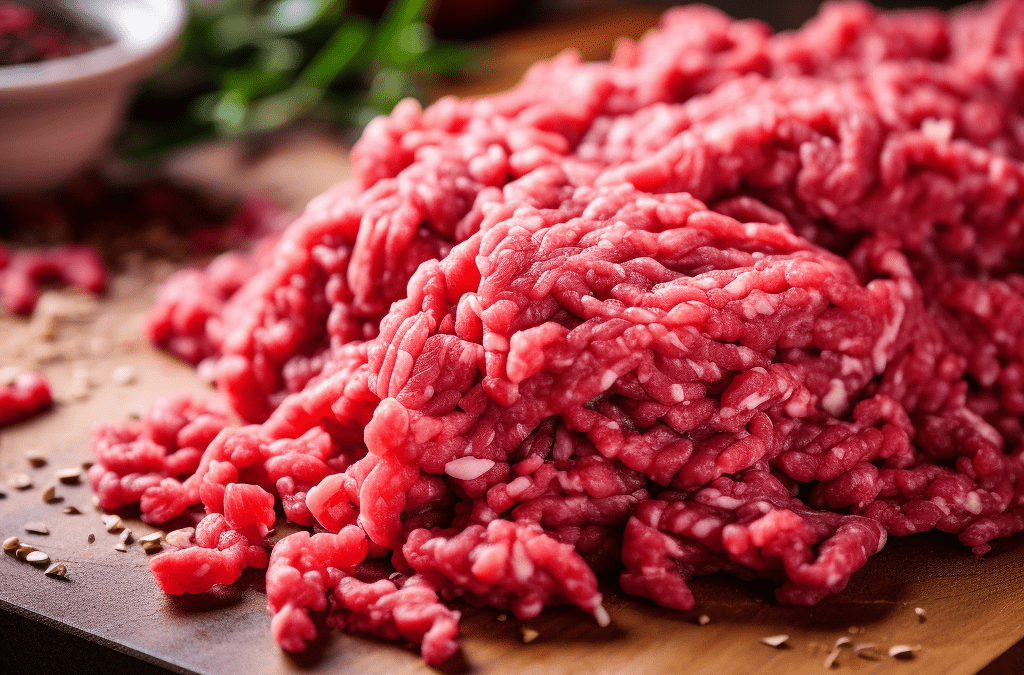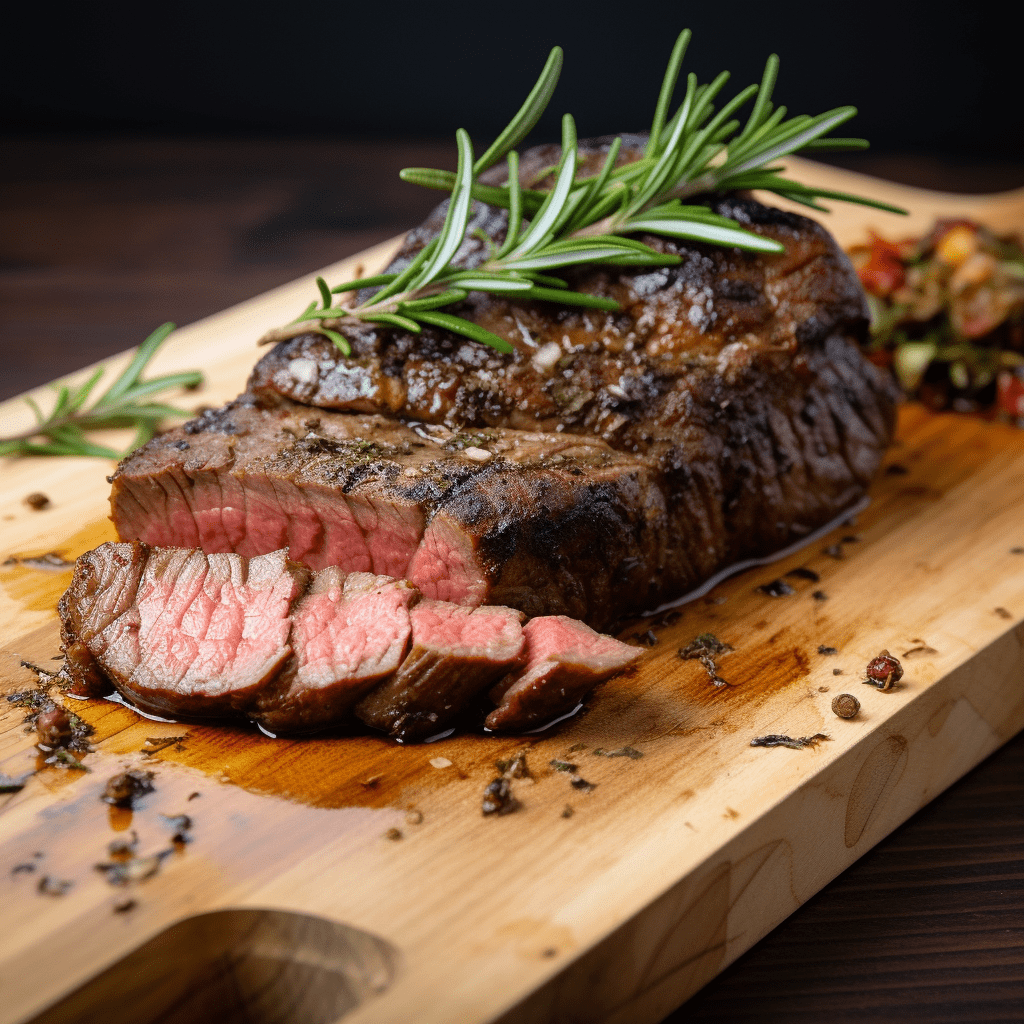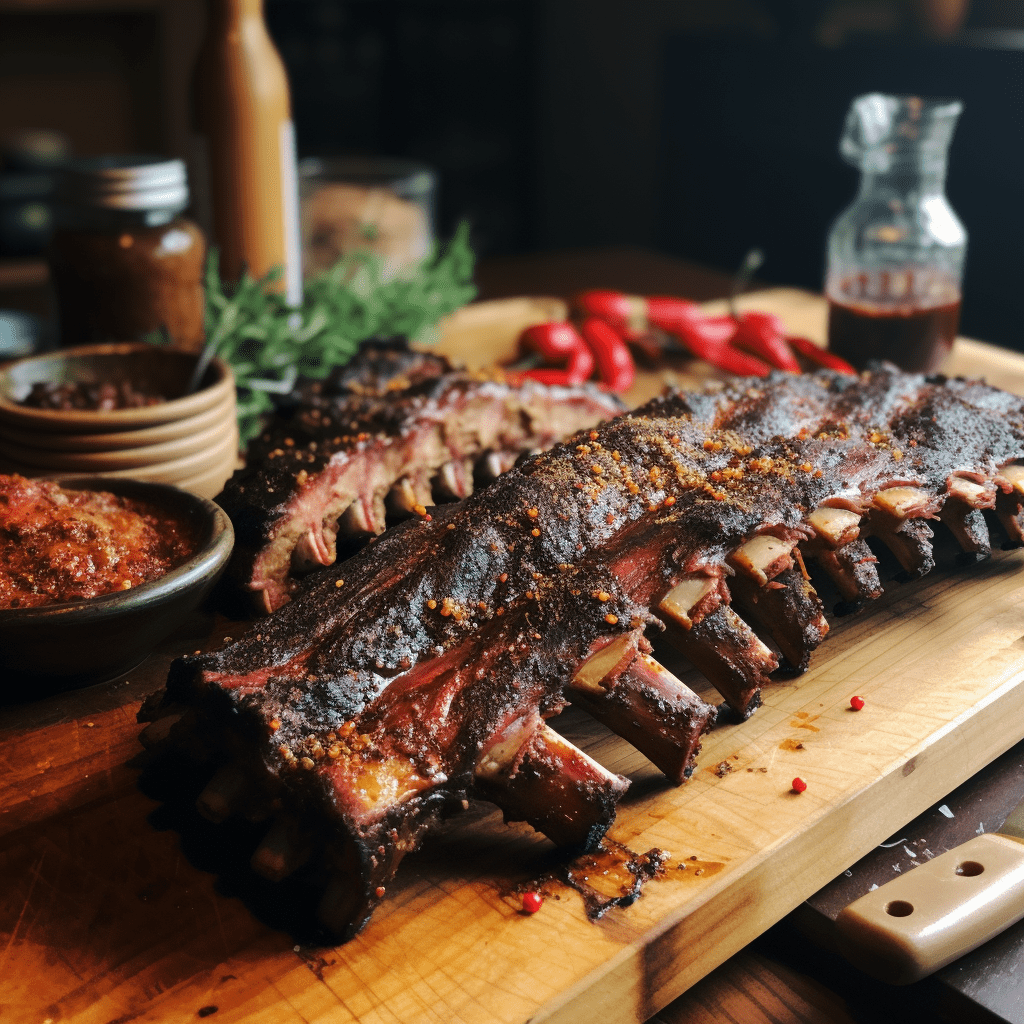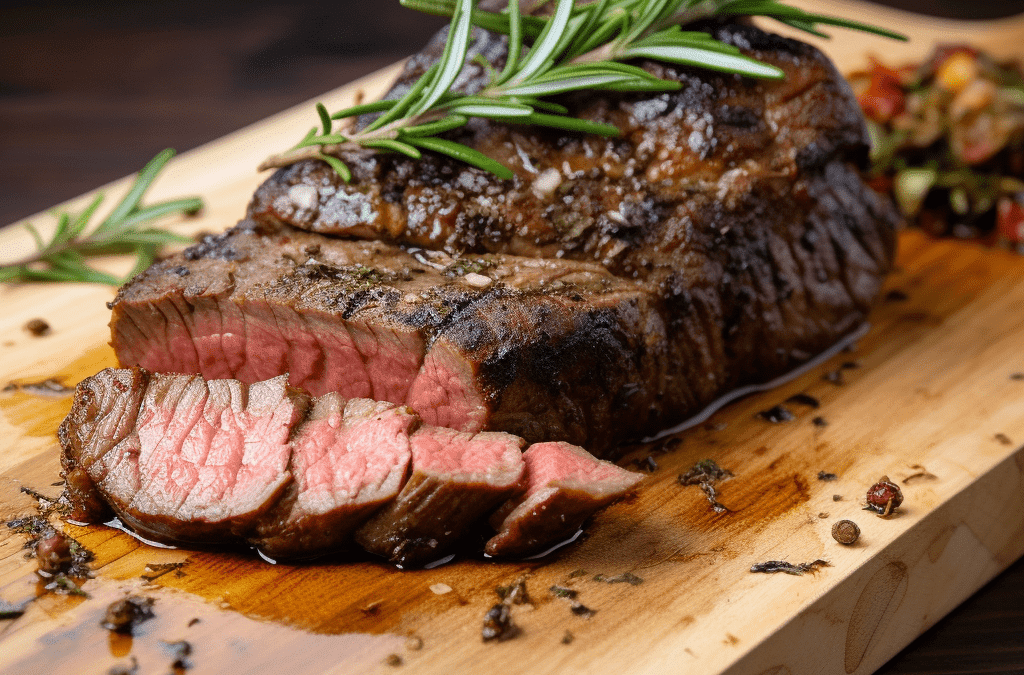Have you ever wondered why restaurant meat always seems to be perfectly cooked, yet when you try cooking meat at home, they’re just not the same? Maybe you’ve found yourself staring at a cut of meat, unsure of how to bring out its best flavors. You’re not alone.
Perfectly cooking meat is both an art and a science, and with a few expert tips, you can master it in your kitchen.

Table Of Contents
Expert Tips for Cooking Meat Perfectly Every Time
- Choose the right cut
- Prepare the meat
- Use the correct cooking techniques
- Rest and serve
- Conclusion
- FAQs
In this article, we’ll share expert tips to help you cook meat perfectly every time. Whether you’re a novice in the kitchen or an experienced home chef, these insights will elevate your meat-cooking game to new heights. Let’s dive into the secrets behind perfectly cooked meat.
Tip 1: Choose the Right Cut
The journey to perfectly cooked meat begins with choosing the right cut. Different cuts come from various parts of the animal and have distinct textures, flavors, and cooking requirements.
For instance, a ribeye steak is known for its marbling and rich flavor, making it ideal for grilling or pan-searing. On the other hand, brisket is a tougher cut that benefits from slow cooking methods like smoking or braising.
Match Cuts to Cooking Methods
Choosing the right cut also means matching it with the appropriate cooking method. Tender cuts like filet mignon and sirloin are perfect for quick, high-heat cooking methods such as grilling, broiling, or pan-searing. Tougher cuts like chuck or round are better suited for slow cooking, which breaks down the connective tissue and results in tender, flavorful meat.
Consider a classic Texas BBQ brisket. This cut, taken from the lower chest of the cow, is packed with connective tissue that needs time to break down. Slow-smoking a brisket for hours at a low temperature results in a melt-in-your-mouth texture that’s full of flavor. Contrast this with a ribeye steak, which cooks quickly over high heat and remains juicy and tender.
Choose Wisely
- Identify Your Cooking Method – Decide whether you’ll be grilling, roasting, braising, or smoking.
- Select the Appropriate Cut – Choose a cut that matches your cooking method for the best results.
- Consider Quality – Opt for high-quality, ethically sourced meat for superior flavor and texture.

Tip 2: Prepare the Meat
Proper preparation begins with thawing your meat correctly. Thawing in the refrigerator is the safest method, allowing the meat to defrost evenly. Avoid thawing at room temperature, as this can lead to uneven thawing and increase the risk of bacterial growth.
Seasoning enhances the natural flavors of the meat. A simple seasoning of salt and pepper can go a long way, but don’t be afraid to experiment with herbs, spices, and marinades. For instance, a garlic and rosemary rub can add a delicious complexity to a lamb roast.
Marinate for Flavor and Tenderness
Marinating meat not only adds flavor but can also tenderize tougher cuts. Acidic ingredients like vinegar, citrus juice, or yogurt break down proteins, making the meat more tender. For best results, marinate the meat for at least a few hours or overnight if possible.
Think about preparing a Texas-style steak. Start by bringing the steak to room temperature, then season it generously with kosher salt and freshly ground black pepper. Let it sit for about 30 minutes to allow the seasoning to penetrate. This simple preparation can make a world of difference in the final result.
Prepare Properly
- Thaw Safely – Always thaw meat in the refrigerator for even defrosting.
- Season Generously – Use salt, pepper, and your favorite herbs and spices to enhance flavor.
- Marinate for Tenderness – Marinate tough cuts to add flavor and tenderness.

Tip 3: Use The Correct Cooking Techniques
One of the keys to cooking meat perfectly is mastering heat control. Different meats and cuts require different cooking temperatures. Using a meat thermometer is the best way to ensure your meat reaches the desired doneness without overcooking.
Grilling Tips
Grilling is a popular method for cooking meat, especially during the summer. To achieve perfect grill marks and even cooking, preheat your grill to the appropriate temperature and oil the grates to prevent sticking. Turn the meat only once to avoid drying it out.
Pan-Searing Techniques
Pan-searing creates a beautiful crust on the meat while keeping the inside tender and juicy. Use a heavy-bottomed skillet and high heat. Add a bit of oil to the pan and wait until it’s shimmering before adding the meat. Sear each side for a few minutes until a golden-brown crust forms.
Slow Cooking for Tender Cuts
Slow cooking is ideal for tougher cuts like brisket or pork shoulder. This method allows the connective tissue to break down, resulting in tender, flavorful meat. Use a slow cooker, Dutch oven, or smoker and cook the meat low and slow for the best results.
Consider cooking a perfect ribeye steak. Heat your grill to high and oil the grates. Place the steak on the grill and cook for 4-5 minutes on each side or until it reaches your desired doneness. Use a meat thermometer to check the internal temperature – 130°F for medium-rare and 140°F for medium.
Master Cooking Techniques
- Use a Meat Thermometer – Ensure your meat reaches the perfect internal temperature.
- Preheat Properly – Whether grilling or searing, make sure your cooking surface is hot.
- Cook Low and Slow – For tougher cuts, use slow cooking methods to achieve tenderness.

Tip 4: Rest and Serve
Resting meat after cooking is a crucial step that allows the juices to redistribute, resulting in a more flavorful and juicy bite. As a general rule, let your meat rest for about 5-10 minutes for smaller cuts and 15-20 minutes for larger roasts.
Carving Techniques
Carving meat properly can make a significant difference in its tenderness. Always slice against the grain, which cuts through the muscle fibers and makes the meat easier to chew. Use a sharp knife to ensure clean, precise cuts.
Presentation Tips
Presentation matters, especially when you’ve put so much effort into cooking the meat perfectly. Arrange slices neatly on a platter, garnish with fresh herbs, and serve with complementary sides. This not only enhances the dining experience but also makes your dish look as good as it tastes.
Imagine serving a beautifully cooked roast beef. After removing it from the oven, let it rest for 15 minutes. Then, carve against the grain into thin slices. Arrange the slices on a serving platter, garnish with rosemary sprigs, and serve with roasted vegetables and gravy.
Rest and Serve
- Rest the Meat – Allow meat to rest after cooking to retain juices.
- Carve Against the Grain – Slice against the grain for maximum tenderness.
- Present Beautifully – Arrange meat attractively and garnish with fresh herbs.

Conclusion
Cooking meat perfectly every time is an achievable goal with the right knowledge and techniques. From choosing the right cut and preparing it properly to mastering cooking techniques and serving it beautifully, each step plays a vital role in the final result.
FAQs
- How do I know which cut of meat to choose?
Selecting the right cut depends on your cooking method and desired flavor. Tender cuts like ribeye and filet mignon are great for grilling and searing, while tougher cuts like brisket and chuck are ideal for slow cooking.
- Why is resting meat important?
Resting allows the juices to redistribute throughout the meat, resulting in a juicier and more flavorful final product. Skipping this step can cause the juices to run out, leaving the meat dry.
- What’s the best way to season meat?
A simple seasoning of salt and pepper can enhance the natural flavors of the meat. For added complexity, try using herbs, spices, and marinades.
- How do I avoid overcooking meat?
Using a meat thermometer is the best way to ensure your meat is cooked to the desired doneness. Remove the meat from heat once it reaches the recommended internal temperature for your preferred level of doneness.
- What’s the difference between grilling and pan-searing?
Grilling uses direct heat and is ideal for larger cuts and achieving a smoky flavor. Pan-searing uses high heat and a heavy-bottomed skillet to create a crust on the meat, making it perfect for steaks and smaller cuts.
Buy Beef online right now in USA →
⭐⭐⭐⭐⭐ Rated 4.9/5 by Hundreds of Satisfied Clients

About Christo Barnhoorn
Christo Barnhoorn, a seventh-generation rancher, carries a legacy of tradition and ambition from his upbringing on a South African sheep farm. Immersed in the practices of sheep farming, he developed a deep understanding of the industry. With a desire to expand his horizons, Christo moved to the United States and established his own ranch in New Mexico. There, he successfully combined his traditional knowledge with innovative practices, transforming his venture into a flourishing retailer specializing in mail-order meat delivery.
Related Articles
Can you Cook Beef Steak from Frozen?
How to Cook a Striploin Steak | Our Easy 3 Step Guide + Tips


